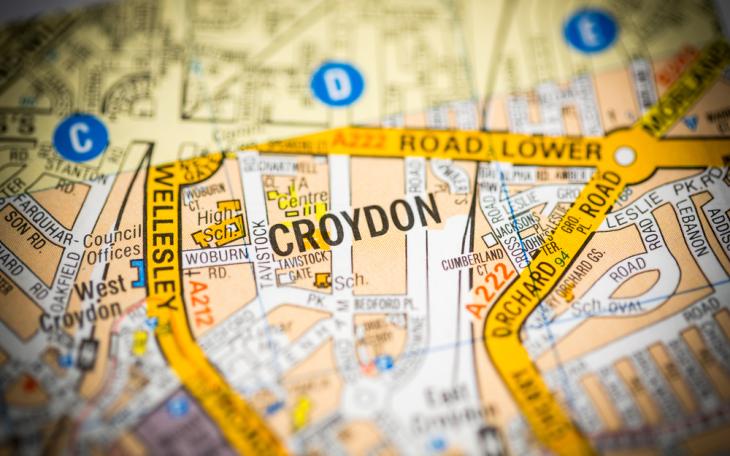Croydon backs the mayoralty

Last week, Croydon’s
governance referendum resulted in an 80 per cent vote for the mayoral system.
Thus, all three London boroughs that held such poll this year got the same
result.
On that evidence, where they don’t have it, voters plump for a mayor, and where
they do, they vote to retain it. Of course Croydon’s situation most closely
resembles Hackney’s in 2000 – a bankrupt local authority forced by the
Government to seek a way towards strong leadership and out of dire straits.
From what we know about the causes of the section 114 issuing, the failures are
fewer than Hackney’s historical case. But the political lie of the land is more
dangerous for the ruling Labour Party. Like many other outer London boroughs,
Croydon used to be blue (Blairite heyday excepted). Unlike most that became red
since 2010/2014, the Borough remains competitive. While Labour has ridden off
into the distance in Enfield, Ealing, Merton, and Redbridge, in Croydon the
margin remains surmountable. The introduction of the mayoral system makes
Croydon the most “in-play” borough for the 2022 elections.
Most wards are pretty safe here, but adjusted for the number of candidates in a
ward, the Conservatives were only 4,420 behind Labour across the Borough. Going
into the first election after which Labour presided over bankruptcy, the
Conservatives would have to like their chances in a borough-wide poll – at
least compared to any other year. True, the five by-elections in Croydon all
went to the incumbent party, but they were all very safe. Much will depend on
what has happened to the Borough’s demographics in the last four years.
The mayoral system will make taking some kind of control much easier for the
Conservatives in Croydon. No doubt that’s why they campaigned strongly for it
(there is no ideological predisposition: Tower Hamlets Conservatives campaigned
for a return to leader-and-cabinet in their borough). But as I’ve written
before, the mayoral system is something of a red herring. You still need
support within the chamber to make policy.
The Conservatives would need to gain six seats (and the mayoralty) to be
assured of a majority on the Council. The most likely candidate wards for this
are Addiscombe East (a two-member ward currently split with Labour), Addiscombe
West (three-member, 700-1,100 behind) New Addington South (two-member, 200-400
behind), and Waddon (three-member, 500-600 behind).
Gaining six seats from this crop while losing none is a significant challenge.
If the Conservatives only do half the job and get the mayoralty but not the
chamber, we could be in for interesting and unstable times in an already weary
borough.









